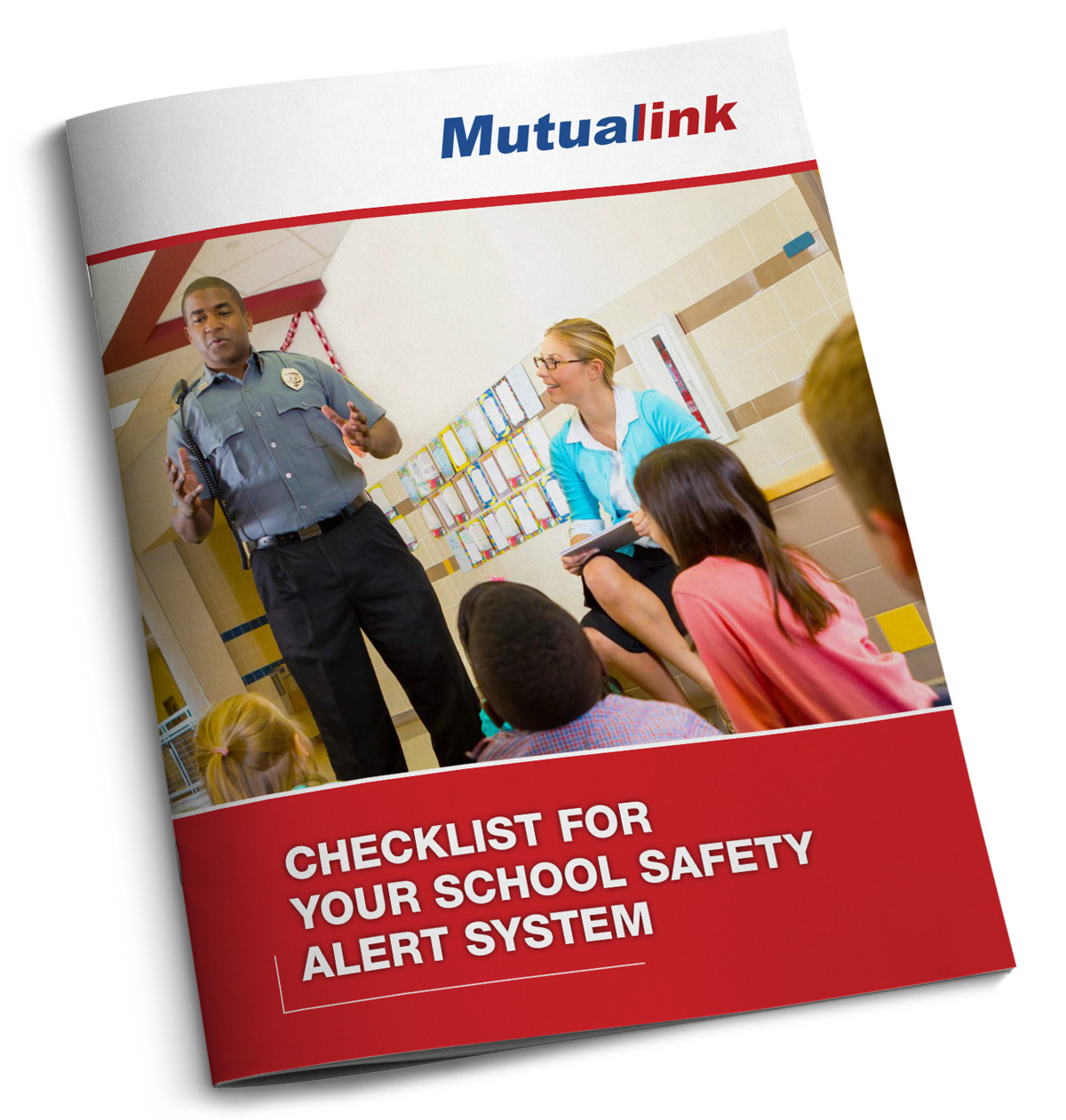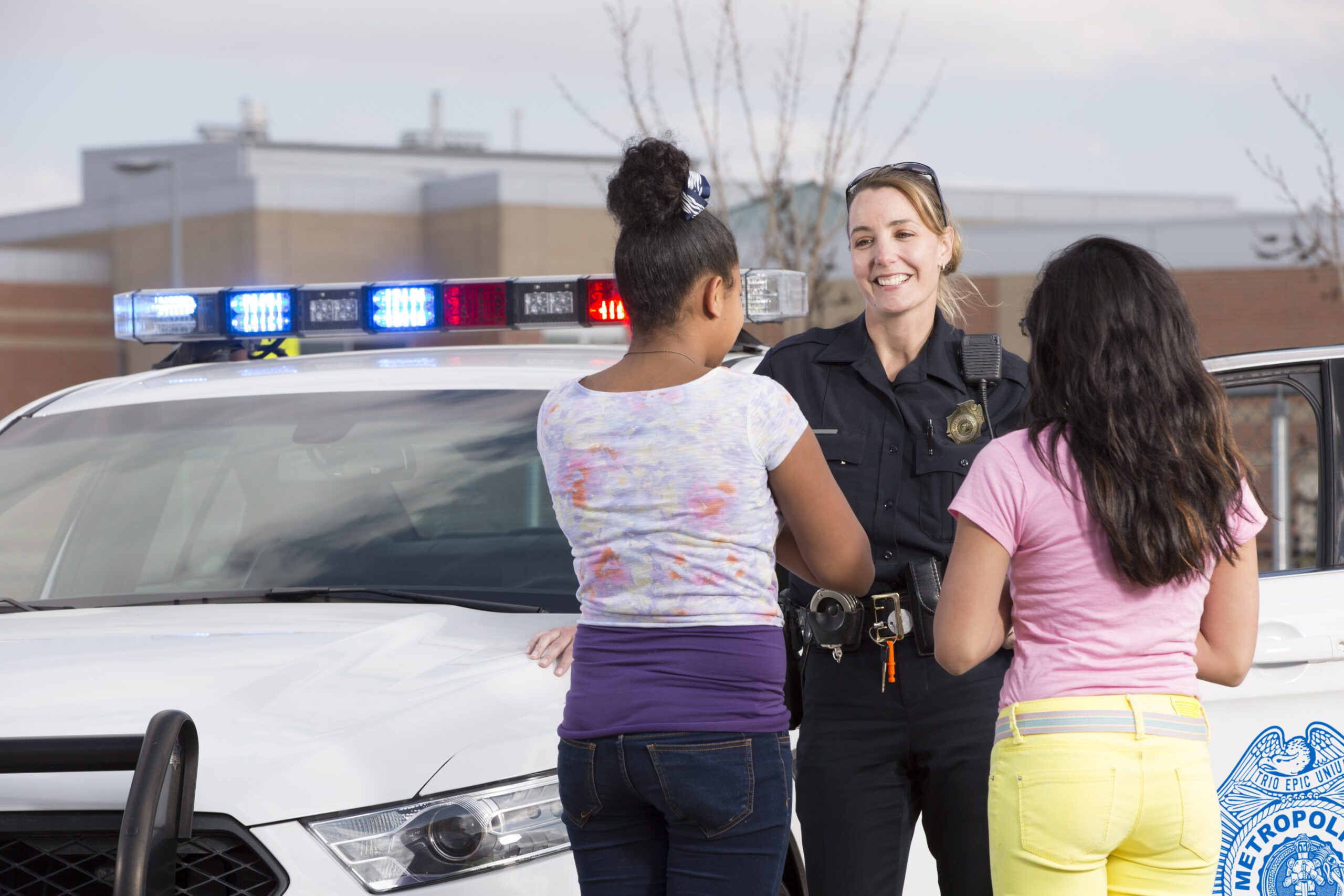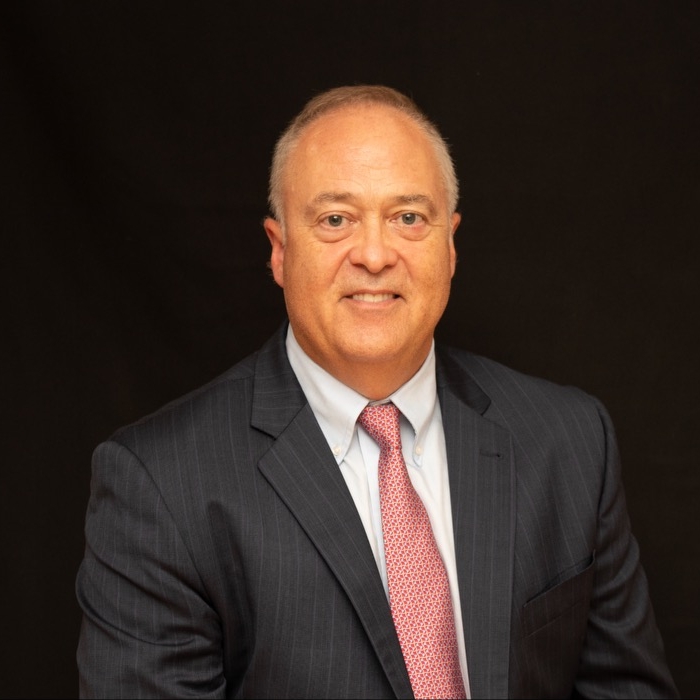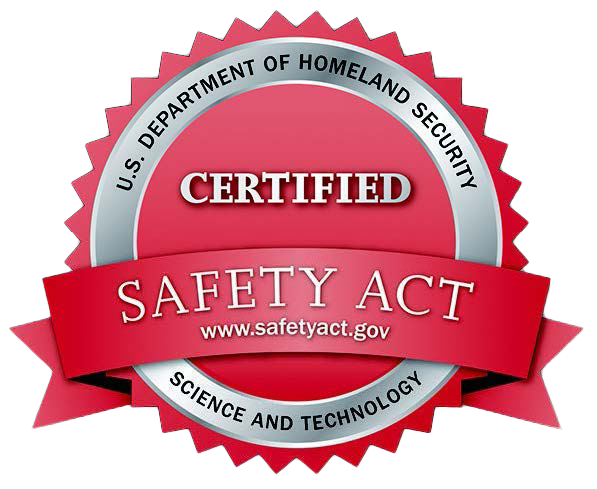Senior law enforcement leaders discuss some of the disconnects that hinder school safety alert efforts.
By: Mutualink Staff
Mutualink recently hosted a webinar featuring senior law enforcement leaders discussing the challenges to providing effective k-12 school security. Chief Craig Miller, Sheriff Paul Penzone, and Mutualink’s own Chrissie Coon shared their perspectives. Click here to read an earlier post on this webinar.
Paul Penzone serves as sheriff for Maricopa County, Arizona, and spent 21 years in the Phoenix police department. Chief Craig Miller spent 37 years protecting the citizens of Dallas, Texas first in the Dallas Police force and then as Chief of Police for the Dallas Independent School District (ISD), the 14th largest public school district in the United States.
Chrissie Coon is Mutualink’s chief customer experience officer. She served for 15 years as a sworn police officer in the North Las Vegas police department. Chrissie also spent five years as a senior public safety advisor to the FirstNet Authority, US Dept. of Commerce.
Emergency Operation Plans – Siloed and Unshared
Chrissie shared that she has seen firsthand how school emergency plans (EOPs) are not shared with law enforcement. That disconnect obviously hampers police response and remediation efforts in the event of an emergency. That said, she also pointed out that she is seeing more school leaders starting to work with public safety before something goes wrong, and to build emergency plans with input from law enforcement.
Sheriff Penzone expanded on that to say in his opinion the common denominator in failing to connect is human relations. Everyone is a stakeholder. The first responder to any kind of school emergency is going to be those already embedded – sometimes a school resource officer, but often teachers or other school personnel. Then the people with guns and badges arrive, which makes interoperability in law enforcement important.
He said that too often when EOPs are made there is a misunderstanding about the role of the police. Police don’t want to take over the process, and they certainly don’t want to arrest children.
The connection needs to be human, relational, and solution-oriented. Once you get to know one another, you can better understand the view from another profession. Police officers have families and children that attend school – why not approach them first as parents?
“It has to be human. It has to be relational. It has to be solution-oriented,” said Sheriff Penzone. “The more knowledge that we can share with each other on the processes and the importance of the consistency, I think the more we disarm that fear of the unknown when working with someone from a different profession.”
Chief Miller feels there is a disconnect between words and actions when it comes to prioritizing school security. He noted that when you visit many school’s websites, they say providing a quality education is priority number one. Providing a safe learning environment is priority two.
Checklist for Your School Safety Alert System
Learn more about 6 critical elements to protect your schools.
The reality, however, is when it comes down to competing priorities – funding, filling positions, parental controversies, do we have enough Chromebooks this year – the security of the school facility is actually around priority 72. No one in the administration is thinking about things like a panic button app the week before school starts.
He also pointed out that while every school is required to have an EOP, too often it’s at the top of a file cabinet with a layer of dust on it. Teachers are required to certify they have seen and understand the EOP, but sometimes that is simply an electronic check made when they sign in at the start of the new school year.
“The law enforcement on the campus wants to work with the administration. They want them to be successful. They want the students to be saved,” explained Chief Miller. “But until they accept us as partners and they put us on the behavioral threat assessment teams and they engage us and want us to know what’s going on the campus, we’re not going to be as successful as we could be.”
To view the full webinar click here
Developing Better Practices
When it comes to improving school security procedures, Sheriff Penzone said it comes down to commitment and repetition. He gave the example of the safety instructions given before every passenger plane takes off. Most of us roll our eyes, but simply from having heard it so often we do understand what we should do in the unlikely case of an emergency. It gets through because of the commitment to do it each and every time.
If we did the same thing in schools it would get through as well. Yes, some kids won’t pay attention, but eventually, they would know what to do in an emergency like it was muscle memory. He also used the analogy of the “five-tool” player in baseball – one that can hit with power, hit for average, field well, run well and have a strong arm.
Translated for better school safety, that means not only do you need the resources in the school and the planning, but you need to make sure that you have the staffing models from law enforcement, as well in schools, to address the issues.
In many ways, technology is the system that makes for a five-tool player. It provides a great advance if you are investing in the other spaces as well. But Sheriff Perzone cautioned that no one piece by itself is enough – there has to be cohesion and an ecosystem of support.
He elaborated: “You can’t say that you’re committed to a value or a principle such as school safety if you do not commit to a regular practice of ensuring you understand your responsibilities in how to act or respond in certain circumstances.”
Chief Miller stressed that proactive planning is the biggest missing piece. He suggested straightforward steps like giving police five minutes to address teachers during their monthly planning meetings.
He compared school safety to our evolving understanding of health. In years past many went to a doctor only when we weren’t feeling well. Today it’s more about wellness and how wellness can be practiced proactively every day.
In the same way, we can proactively manage the school ecosystem. Students are usually the first to know if a classmate is struggling or making strange comments. We should have a network in place, so a student feels comfortable and safe to share that information.
We should be asking if there are resources in place to help that student? Is there a clear code of conduct, for both students and parents?
“In the middle of a rainstorm is not the time to determine you’ve got a leak in your roof. Planning is the key here,” said Chief Miller. “Plan and plan some more. That is the key.
It’s not a maybe something will happen. It’s not an if. It’s a when.”
Chrissie pointed to the crisis intervention teams many communities have stood up to combat the mental health crisis. She noted that law enforcement traditionally has worn three hats – crisis response, social worker, and enforcer.
Communities are realizing there are a number of resources that can share information and mitigate some of the things that lead to school violence. Being able to open up the pathway for that information sharing in real-time is something that schools have been afraid to do historically because of both HIPAA and FERPA compliance issues.
Now she said they are starting to realize that there’s technology in place that can help open a school safety alert information pathway when it needs to be open and then can shut it down when it doesn’t need to be open.
“We can share information in real-time, whether it be with law enforcement or crisis intervention teams or in a severe weather event. They have the ability now to start sharing information,” Chrissie said. “I think that’s going to be key as we go forward to really trying to implement a number of different preventative measures because we can actually break out of those silos and share information. I think that’ll have a huge impact.”
The Most Experienced Partner for Disaster Communication Technology
With over 3,000 deployments connecting over 10,000 public safety entities, Mutualink gives leaders like Sheriff Penzone and Chief Miller what they need to protect their communities. Our technology has been proven many times over to protect citizens and connect communities. FirstNet and Verizon Frontline, the two largest public safety networks in the country, both depend on Mutualink to ensure the interoperability of their solutions.
Mutualink LNK360™ is trusted by hundreds of schools and police forces nationwide because every child deserves equal protection. Let us put our certified technology and years of experience to work protecting our next generation. For more information request a free demonstration.
Exclusive Webinar
Mutualink and Raptor Technologies hosted an exclusive webinar for Arizona School Districts and Public Safety Departments. A panel of experts discussed the importance of the ability of schools to have direct connection to public safety and first responders in times of crisis. Mutualink and Raptor Technologies discussed how their integrated solutions work, as well as funding opportunities for Arizona Sheriff departments and the school districts they serve. You can view the webinar here.






